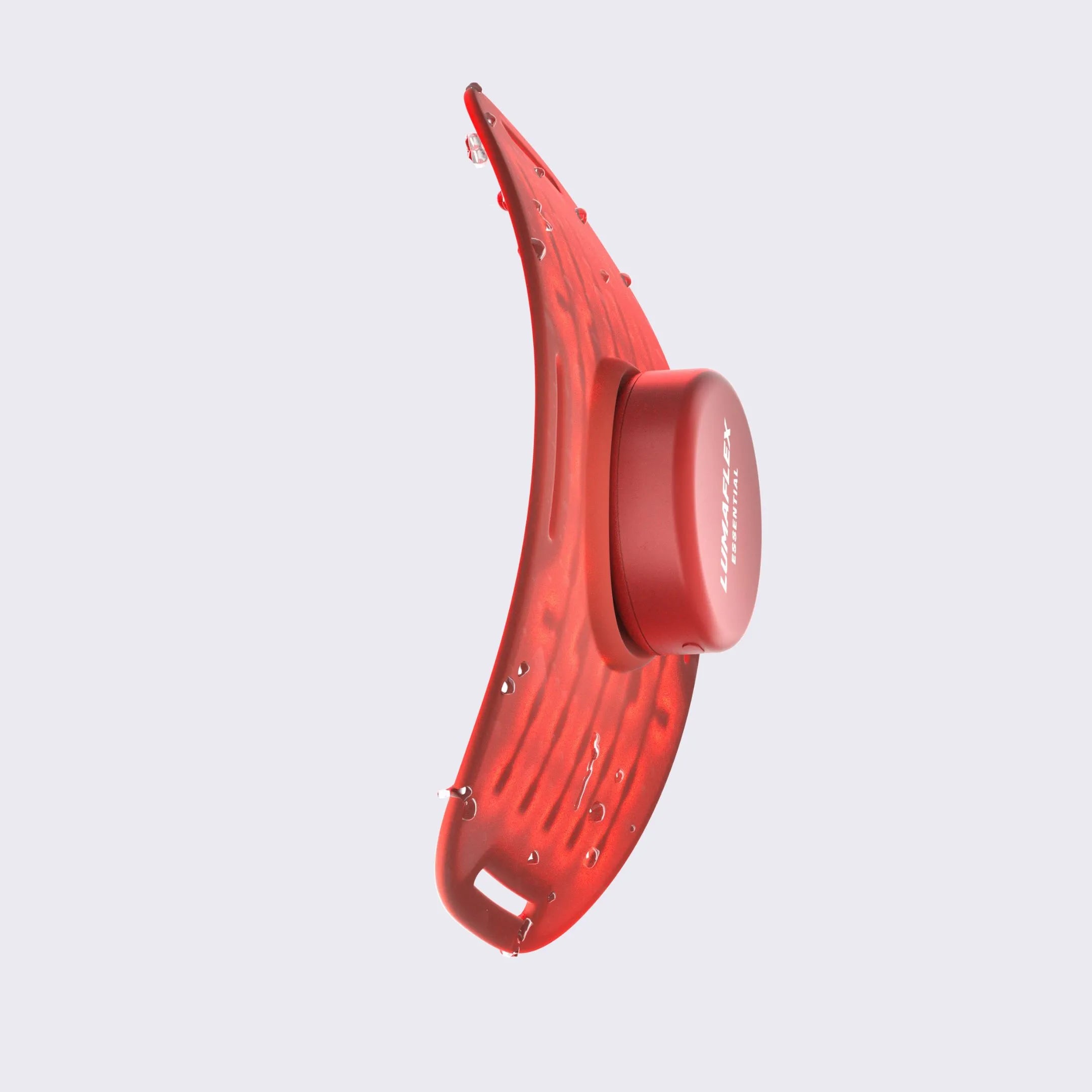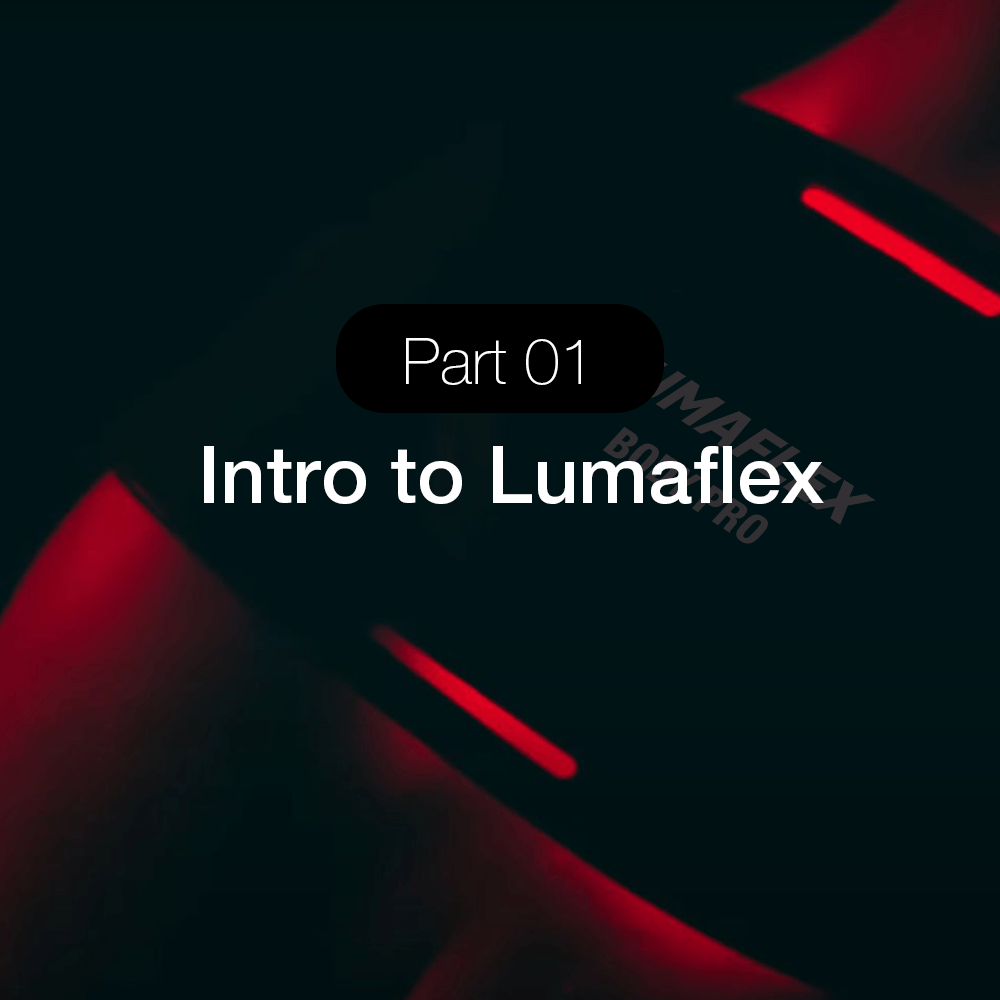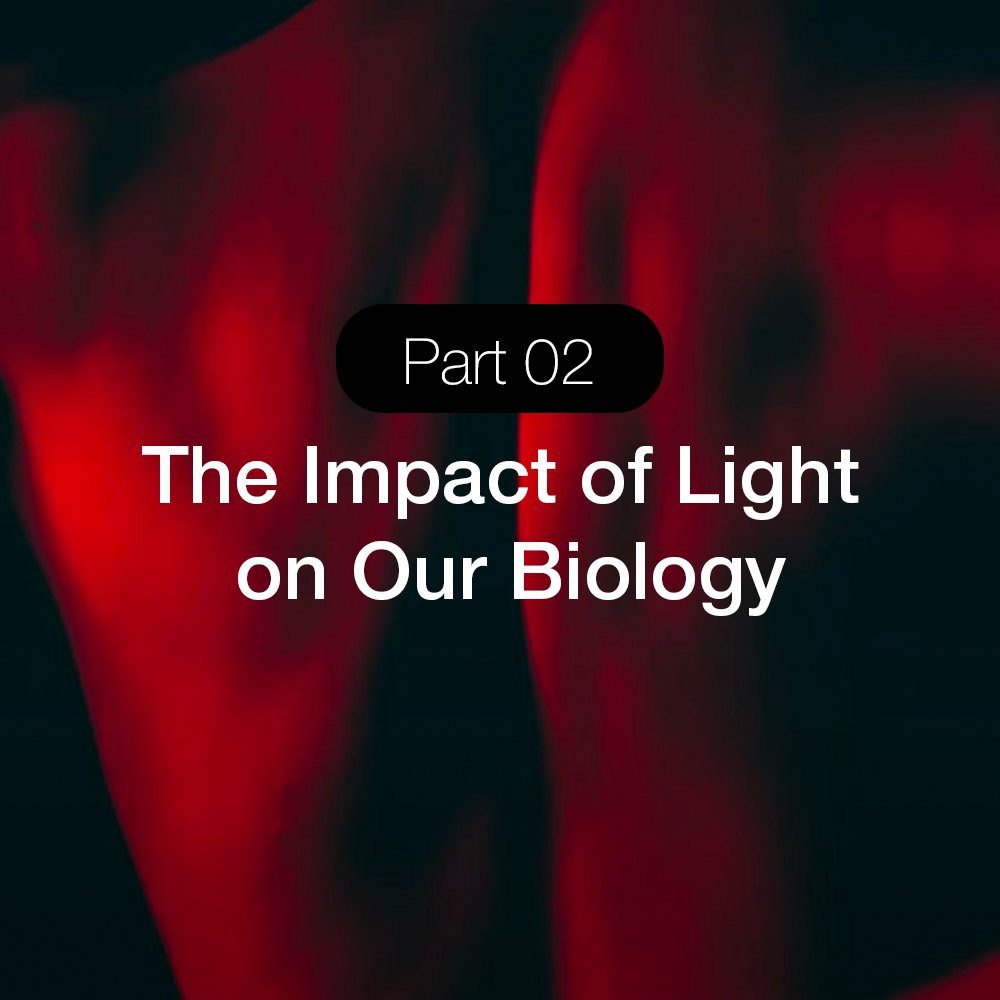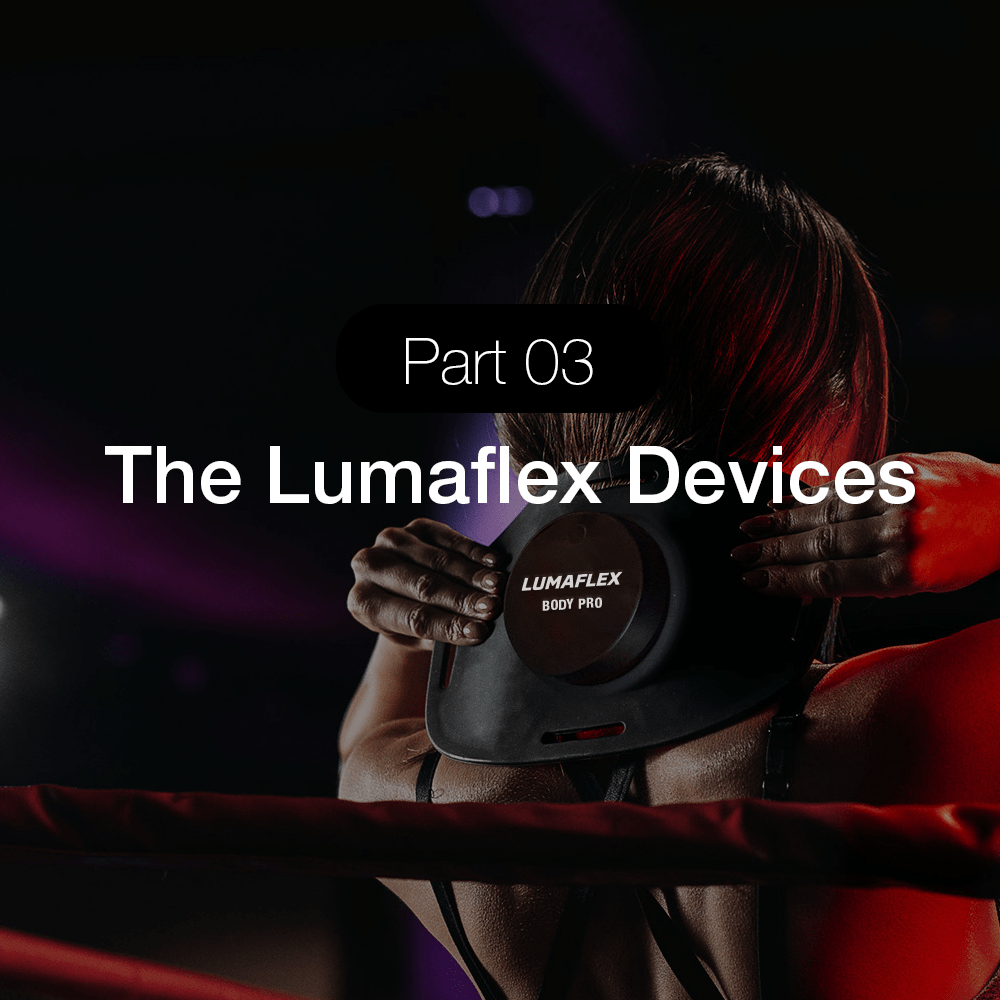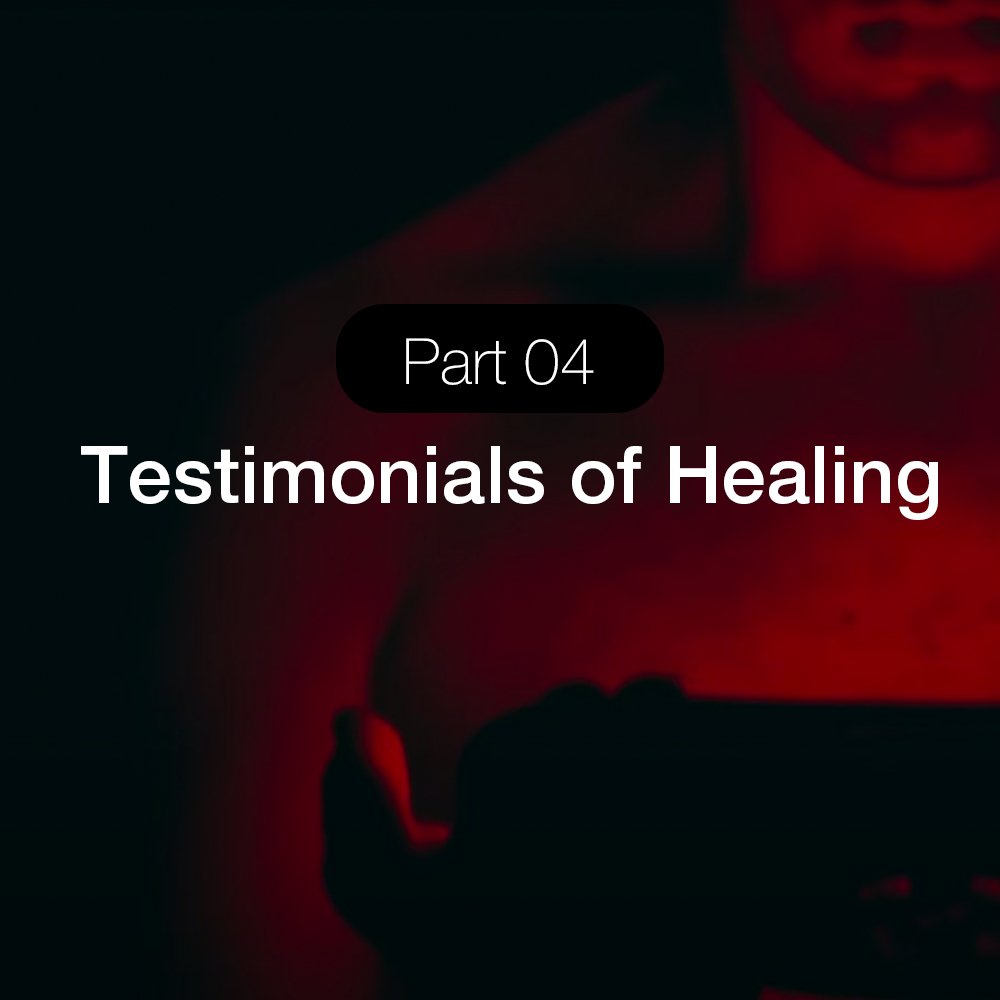Red Light Therapy for Horses: 7 Things to Know

Does red light therapy actually help horses?
Whether you're managing a competition horse, caring for a retired companion, or training a high-performance athlete, your horse's recovery, comfort, and performance are top priorities. Red light therapy for horses is emerging as a powerful, non-invasive solution to support faster healing, reduce inflammation, and enhance overall wellness, without the need for drugs or downtime. From muscle fatigue to soft tissue injuries, this therapy offers a modern approach to some of the most common challenges in equine care.
Backed by science and trusted by top veterinarians and trainers, red light therapy uses targeted wavelengths of light to stimulate cellular repair and accelerate recovery. It's already being used in leading stables and vet clinics—and now, it’s more accessible than ever for horse owners and equine professionals alike.
In this guide, we’ll break down what red light therapy is, how it benefits your horse’s health and performance, and how to choose the right red light therapy device for your specific needs. Whether you're just getting started or looking to upgrade your current setup, this article will help you make an informed, confident decision.
- 1. Does red light therapy actually help horses?
- 2. 1. What is Red Light Therapy? (and Why It's Ideal for Horses)
- 3. 2. Top Benefits of Red Light Therapy for Horses
- 4. 3. Common Conditions Treated with Red Light Therapy
- 5. 4. How to Use Red Light Therapy on Your Horse
- 6. 5. How to Choose a Red Light Therapy Device for Horses
- 7. 6. Applying These Principles With Lumaflex Devices
- 8. 7. Real Customer Results & Testimonials
- 9. FAQs About Red Light Therapy for Horses
- 10. Bringing It All Together: Red Light Therapy Benefits for Your Horse
- 11. Related Posts
1. What is Red Light Therapy? (and Why It's Ideal for Horses)
Red light therapy, also known as photobiomodulation (PBM), is a non-invasive treatment that uses specific wavelengths of light to stimulate cellular function. In horses, it’s most commonly used to accelerate healing, reduce inflammation, and support performance recovery. The therapy works by delivering red (around 630nm) and near-infrared (around 850nm) light deep into tissues, where it's absorbed by mitochondria, the energy centers of cells. This boost in cellular energy enhances circulation, reduces oxidative stress, and promotes faster repair of muscles, tendons, and ligaments.
What makes red light therapy especially ideal for horses is its versatility and safety. Unlike cold laser therapy, which often requires a trained technician and precise application, red light therapy devices, such as flexible panels or wraps, can be safely used at home or in the barn with minimal risk. Compared to PEMF (Pulsed Electromagnetic Field) therapy, red light therapy is generally more affordable, easier to use, and doesn’t require complex equipment or calibration.
Whether you're treating a specific injury or integrating it into a daily recovery routine, red light therapy for horses offers a practical, science-backed solution that fits easily into any equine care regimen.
2. Top Benefits of Red Light Therapy for Horses
Whether you’re rehabbing an injured horse or keeping a performance horse in peak condition, red light therapy for horses offers a wide range of benefits backed by veterinary science and real-world use.
Faster Injury Recovery in Horses
Red light therapy accelerates the healing of soft tissue injuries, tendon strains, and ligament damage by stimulating cellular regeneration and collagen production. Horses recovering from suspensory or superficial digital flexor injuries often experience faster return to movement and reduced downtime when red light therapy is included in their care plan.
Reduced Inflammation & Joint Support for Horses
One of the most immediate effects of red and near-infrared light is its anti-inflammatory response. It penetrates deep into joints, easing stiffness from arthritis or post-workout soreness. For aging horses or those with chronic conditions, it offers a drug-free option for ongoing joint support.
Performance Support for Sport and Working Horses
Pre-event use of red light therapy helps warm up tissues, boost circulation, and prepare muscles for work—while post-event treatments reduce lactic acid buildup and speed recovery. It’s a powerful addition to a conditioning or competition schedule.
Improved Circulation & Cellular Repair in Equine Tissue
By increasing ATP production at the cellular level, red light therapy enhances blood flow and oxygen delivery to tissues. This results in faster cellular turnover and stronger healing response, particularly in areas prone to stress like the back, shoulders, and legs.
Stress Reduction & Calming Support for Horses
Many horses find red light sessions relaxing. The treatment may help lower cortisol levels and calm anxious or reactive horses, making it ideal before travel, shows, or farrier visits.

3. Common Conditions Treated with Red Light Therapy
Red light therapy is commonly used by horse owners, trainers, and equine professionals to support recovery and comfort across a range of musculoskeletal and inflammatory conditions. While it is not a medical treatment, many people use red light therapy as a complementary wellness tool for injury recovery, joint support, and preventative care in horses.
Laminitis & Arthritis Support in Horses
Red and near-infrared light reduces inflammation and stimulates blood flow in the hooves and joints, making it an excellent adjunct treatment for laminitis and arthritis. Horses with chronic joint stiffness or degenerative conditions often show improved mobility and comfort after consistent therapy sessions.
Soft Tissue and Tendon Injuries in Horses
Tendon and ligament injuries, common in sport and racehorses, heal more efficiently when red light therapy is added to the recovery plan. It accelerates tissue regeneration and reduces scar tissue formation, helping horses return to work faster and with less re-injury risk.
Saddle Soreness and Back Pain in Horses
Back soreness from ill-fitting tack, repetitive training, or compensation from limb injuries can be eased with red light therapy. By increasing circulation to the back and topline, it relaxes muscle tension and supports spinal health.
Post-Surgery Recovery and Rehabilitation Support
After surgery, red light therapy helps minimize inflammation, speeds up incision healing, and reduces discomfort, all of which promote a smoother, less stressful recovery process.
Preventative Wellness and Maintenance Care for Horses
Many horse owners now use red light therapy proactively to prevent injury, keep tissues healthy, and support overall wellness. It’s a low-risk, high-reward practice that fits seamlessly into regular grooming or training routines.Learn more: Red Light Therapy for Horse Injuries
Tendon and Ligament Strain Support for Horses
Tendon and ligament strains are common in performance horses, aging horses, and those recovering from overuse or minor injuries. Red light therapy is often used as a supportive wellness tool to encourage circulation and tissue comfort in these areas. By delivering light to targeted regions, it may help support the body’s natural recovery processes and promote relaxation in stressed connective tissue. Many horse owners incorporate red light therapy alongside rest, conditioning programs, and veterinary guidance.
Hoof and Lower Leg Circulation Support for Horses
Healthy circulation in the hooves and lower legs plays an important role in overall equine comfort and mobility. Red light therapy is sometimes used to support blood flow in these areas, particularly for horses experiencing stiffness or sensitivity. Improved circulation may help deliver oxygen and nutrients to tissues that are under frequent mechanical stress. This makes red light therapy a popular complementary option for owners focused on long-term hoof and lower leg wellness.
4. How to Use Red Light Therapy on Your Horse
Using red light therapy is simple, safe, and can be done right in your barn. With the right device, you can treat common areas of tension or injury without needing a specialist on hand.
Device Placement
Target areas based on your horse’s needs. Common treatment zones include:
- Joints (hocks, knees, fetlocks)
- Neck (for stiffness or poll tension)
- Back and withers (for saddle soreness or topline tightness)
- Legs and tendons (for injury recovery or preventative care)
Most red light therapy devices, like the flexible wrap systems from Lumaflex, contour easily to these regions for hands-free sessions.
Session Timing
Each treatment area typically requires 5–15 minutes per session. Devices with built-in timers make it easy to stay consistent without overexposure.
Treatment Frequency
For injury recovery or acute conditions, use therapy daily or every other day. For general wellness, soreness prevention, or pre/post workout support, 2–3 times per week is often sufficient.
Pre & Post-Workout Use
Before training or events, red light therapy helps warm up tissues and improve blood flow. After exercise, it aids in reducing lactic acid buildup and muscle fatigue.
Consistent use leads to the best results, whether you’re rehabbing, maintaining wellness, or enhancing performance.
5. How to Choose a Red Light Therapy Device for Horses
Not all red light therapy devices are designed with horses in mind. Factors like size, durability, wavelength range, and ease of use can affect how practical a device is in a barn or stable environment. Understanding what to look for can help horse owners choose a solution that fits their routine, safety needs, and long-term wellness goals.
Portability and Barn-Safe Design
Your device should be lightweight, easy to handle, and durable enough for daily use around horses. Look for materials that are flexible, dust-resistant, and shockproof.
Why Dual Wavelengths Matter for Equine Use
The most effective devices combine red light (630nm) for surface healing and near-infrared (850nm) for deeper muscle, tendon, and joint treatment.
Safety Standards and Veterinary Considerations
Choose a product that meets veterinary standards and delivers consistent therapeutic power, not just colored lights. FDA-registration or CE-marking is a plus.
Versatility for Different Treatment Areas
A good device should adapt to different areas, legs, back, neck, or joints, without requiring multiple attachments or configurations.
Durability for Daily Barn Use
Cordless, battery-powered devices with waterproofing are ideal for real-world barn conditions and mobile treatments at events.
Product Comparison Table
| Feature | Lumaflex | Cold Laser | PEMF Device |
| Dual Wavelengths | Yes | Maybe | No |
| Portable / Waterproof | Yes | No | No |
| Safe for DIY Use | Yes | Risk | Yes |
| Cost | $$ | $$$$ | $$$ |
6. Applying These Principles With Lumaflex Devices
When it comes to red light therapy, Lumaflex stands out as a trusted, professional-grade solution designed specifically for the unique needs of equine athletes and companions.
Lumaflex Equine is an FDA-listed red and near-infrared light therapy panel built to deliver safe, effective treatment right from your barn. Whether you're managing injuries, supporting daily recovery, or enhancing your horse’s performance, Lumaflex offers the power of clinic-grade photobiomodulation in a flexible, portable format.
Used by top trainers, riders, and equine therapists, Lumaflex is a go-to choice in competitive barns and rehab centers around the world. Its wraparound design easily conforms to the horse’s legs, back, neck, and joints—making treatments faster and stress-free, even for horses new to the therapy.
7. Real Customer Results & Testimonials
The proof is in the results. Here’s what top trainers and horse owners are saying about red light therapy for horses with Lumaflex:
“Our mare recovered three times faster after a tendon strain thanks to Lumaflex. The difference was remarkable, we got her back in work quicker and with less swelling.” — Sarah M., Professional Trainer
One competition horse struggling with chronic back soreness saw significant improvement after just a few weeks of consistent Lumaflex therapy. The horse became more relaxed during rides and showed enhanced performance in the arena
.These real-life success stories reflect why so many equine professionals trust Lumaflex for faster healing and better performance.
Read more: Red Light Therapy Case Studies – Horses
FAQs About Red Light Therapy for Horses
Q1: What is red light therapy for horses?
Red light therapy (RLT) is a non-invasive treatment using specific wavelengths of red and near-infrared light. It helps improve circulation, reduce inflammation, and support cellular repair in horses.
Q2: How does red light therapy help with laminitis?
RLT can support circulation and reduce inflammation in the hooves, which may help manage laminitis discomfort. While it’s not a replacement for veterinary care, it can complement a laminitis treatment plan.
Q3: Can red light therapy support tendon and ligament recovery?
Yes. RLT can help stimulate cellular repair and improve blood flow to tendons and ligaments. Many horse owners use it to support recovery from strains or mild injuries.
Q4: Is red light therapy safe for horses?
Red light therapy is generally safe when used according to device instructions. Avoid looking directly into the light and follow recommended session durations. Always consult a veterinarian if your horse has serious health concerns.
Q5: How often should I use red light therapy on my horse?
Frequency depends on the horse’s condition. Many owners use RLT daily or several times per week for recovery or maintenance. Consistency is key for optimal results.
Q6: Can red light therapy improve performance in horses?
RLT can enhance circulation and reduce muscular stiffness, supporting overall performance. It’s best used alongside proper training, nutrition, and veterinary care.
Q7: Can red light therapy help with saddle soreness and back pain?
Yes. RLT can promote relaxation, reduce inflammation, and support tissue repair in areas affected by saddle pressure or muscular discomfort.
Q8: Which areas of the horse benefit most from red light therapy?
Common areas include joints, tendons, ligaments, the back, and hooves. Placement should follow manufacturer guidelines and avoid sensitive areas like the eyes.
Q9: Will red light therapy work on older horses with chronic joint pain?
Many owners report improvements in comfort and mobility in senior horses. RLT supports joint health and circulation, but it’s not a replacement for veterinary-prescribed treatments.
Q10: Can I use red light therapy for preventative wellness in horses?
Yes. Regular use may support overall circulation, tissue health, and muscle recovery. Preventative care can help maintain performance and reduce injury risk.
Q11: How long does it take to see results from red light therapy in horses?
Some horses show noticeable improvements after a few sessions, especially in soreness and mobility. Full benefits often appear after consistent use over several weeks.
Q12: Can red light therapy help with post-surgery recovery in horses?
RLT can support tissue repair and reduce inflammation post-surgery. Always follow your veterinarian’s guidance regarding timing, frequency, and intensity.
Bringing It All Together: Red Light Therapy Benefits for Your Horse
Red light therapy for horses is a safe, science-backed, and increasingly affordable way to support your horse’s recovery, reduce inflammation, and boost performance. Whether you’re managing injuries or simply want to maintain your horse’s wellness, incorporating red light therapy into your routine can make a real difference.
Don’t wait for injury or inflammation to take your horse out of training, proactive care pays off. Equip yourself with a trusted solution used by top trainers and veterinarians worldwide.
Shop Now | View Lumaflex Products →









